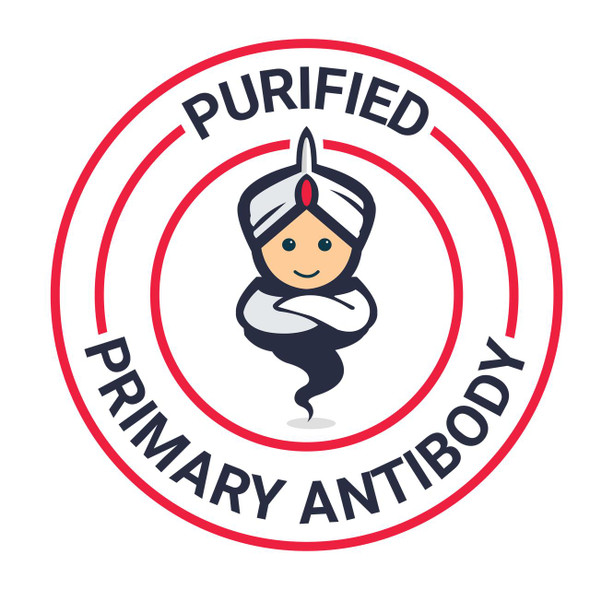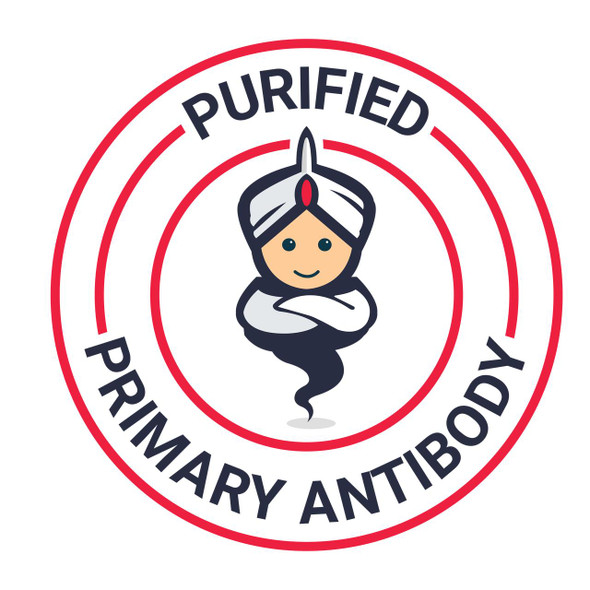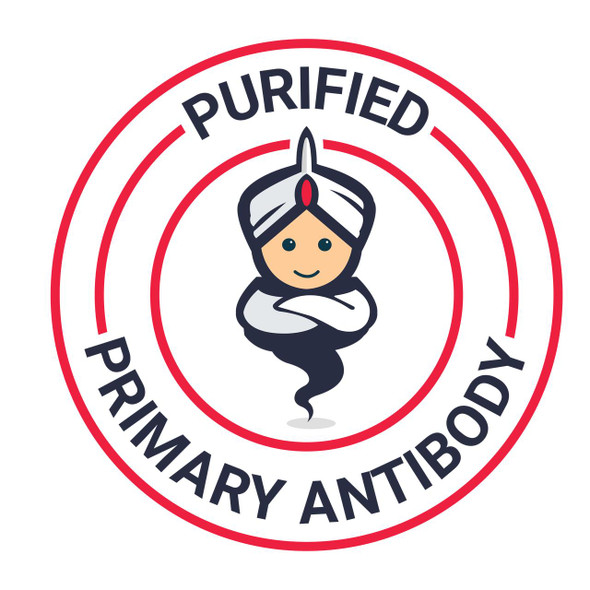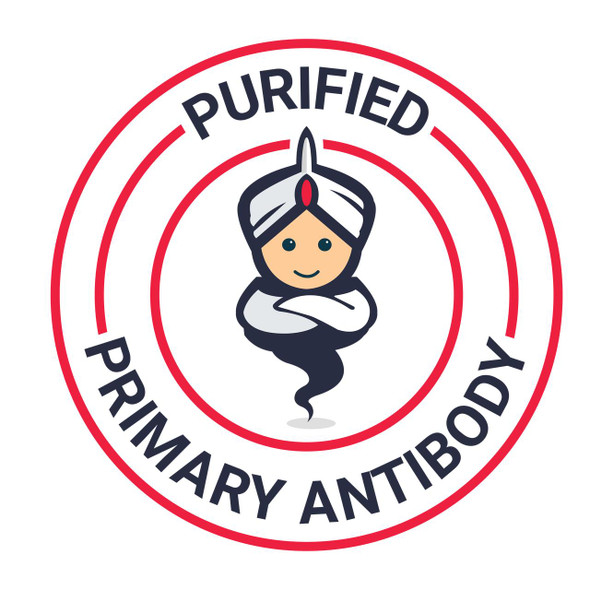Description
| Product Name: | CD2 monoclonal antibody |
| Product Code: | AGIM0140 |
| Size: | 100 µg in 100 µL |
| Reactivity: | Human |
| Clone: | LT2 |
| Applications: | Flow Cytometry |
| Conjugate: | Unconjugated |
| Isotype: | IgG2a |
| Host Species: | Mouse |
| Storage: | Store at 4°C. For long-term storage aliquot and store at -20°C. Avoidfreeze/thaw cycles. |
| Uniprot: | P06729 |
| Background: | CD2 belongs to T lymphocyte glycoproteins of immunoglobulin superfamily. Its interaction with CD58 stabilizes adhesion between T cells and antigen presenting or target cells. Relatively low affinity of CD2 to CD58 (as measured in solution) is compensated within the twodimensional cell-cell interface to provide tight adhesion. Moreover, T cell activation induces increased CD2 expression and its lateral mobility, making easier contact between CD2 and CD58. Subsequently T cell activation causes fixation of CD58-CD2 at sites of cell-cell contact, thereby strengthening intercellular adhesion. CD2 deficiency reduces intestinal inflammation and helps to control infection. This material is offered for research only. Not for use in human. For in vitro use only. ImmunoTools will not be held responsible for patent infringement or other violations that may occur with the use of our products. . |
| UniProt Protein Function: | CD2: CD2 interacts with lymphocyte function-associated antigen (LFA-3) and CD48/BCM1 to mediate adhesion between T-cells and other cell types. CD2 is implicated in the triggering of T- cells, the cytoplasmic domain is implicated in the signaling function. |
| UniProt Protein Details: | Protein type:Cell surface; Membrane protein, integral; Apoptosis Chromosomal Location of Human Ortholog: 1p13.1 Cellular Component: anchored to plasma membrane; cell surface; external side of plasma membrane; extracellular region; integral to plasma membrane; intercellular junction; internal side of plasma membrane; plasma membrane Molecular Function:protein binding; protein homodimerization activity; receptor activity; receptor binding Biological Process: apoptosis; cell surface receptor linked signal transduction; cell-cell adhesion; heterotypic cell-cell adhesion; leukocyte migration; lipid raft polarization; natural killer cell activation; positive regulation of myeloid dendritic cell activation; positive regulation of tumor necrosis factor production; regulation of T cell differentiation; T cell activation |
| NCBI Summary: | CD2 is a surface antigen of the human T-lymphocyte lineage that is expressed on all peripheral blood T cells (summarized by Sewell et al., 1986 [PubMed 3490670]). It is one of the earliest T-cell markers, being present on more than 95% of thymocytes; it is also found on some natural killer cells but not on B lymphocytes. Monoclonal antibodies directed against CD2 inhibit the formation of rosettes with sheep erythrocytes, indicating that CD2 is the erythrocyte receptor or is closely associated with it.[supplied by OMIM, Jul 2010] |
| UniProt Code: | P06729 |
| NCBI GenInfo Identifier: | 160370002 |
| NCBI Gene ID: | 914 |
| NCBI Accession: | P06729.2 |
| UniProt Secondary Accession: | P06729,Q96TE5, |
| UniProt Related Accession: | P06729 |
| Molecular Weight: | 39,448 Da |
| NCBI Full Name: | T-cell surface antigen CD2 |
| NCBI Synonym Full Names: | CD2 molecule |
| NCBI Official Symbol: | CD2 |
| NCBI Official Synonym Symbols: | T11; SRBC; LFA-2 |
| NCBI Protein Information: | T-cell surface antigen CD2 |
| UniProt Protein Name: | T-cell surface antigen CD2 |
| UniProt Synonym Protein Names: | Erythrocyte receptor; LFA-2; LFA-3 receptor; Rosette receptor; T-cell surface antigen T11/Leu-5; CD_antigen: CD2 |
| Protein Family: | CD2 |
| UniProt Gene Name: | CD2 |
| UniProt Entry Name: | CD2_HUMAN |








